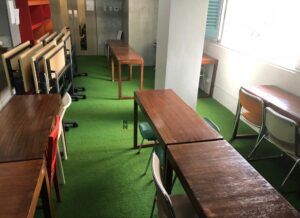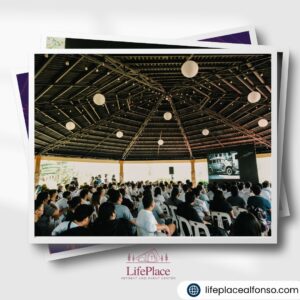the demand for fake grass in the Philippines has seen a significant rise. As urban spaces expand and natural greenery becomes scarce, many homeowners and businesses are turning to synthetic alternatives to enhance their outdoor areas. In this comprehensive guide, we’ll explore the world of fake grass, its myriad benefits, installation process, maintenance tips, and its environmental impact in the context of the Philippines.
Understanding Fake Grass
Fake grass, also known as artificial turf or synthetic grass, is a surface made from synthetic fibers designed to mimic the appearance and feel of natural grass. Typically constructed from materials like polyethylene or polypropylene, fake grass offers a realistic alternative to traditional lawns. In densely populated urban areas like the Philippines, where space is limited and natural grass requires extensive maintenance, fake grass provides a practical solution for creating green spaces.
Benefits of Fake Grass in the Philippines
One of the primary advantages of fake grass is its low maintenance nature. Unlike natural grass, fake grass requires no mowing, watering, or fertilizing, making it a cost-effective and water-saving option for homeowners and businesses alike. Additionally, fake grass is weather-resistant and can withstand the tropical climate of the Philippines, remaining green and lush year-round. Its aesthetic appeal is another key benefit, as fake grass enhances the look of any outdoor area, from residential gardens to commercial landscapes. Furthermore, fake grass is safe for children and pets, as it is lead-free and non-toxic, providing a worry-free environment for outdoor play and relaxation.
Installation Process
Installing fake grass requires careful preparation and attention to detail. Begin by clearing the area of any debris and ensuring proper drainage to prevent water accumulation. Next, choose the right type of fake grass for your needs, considering factors such as pile height and density. The installation process involves laying down the turf, securing the edges, and infilling with sand or rubber to provide stability and cushioning. While DIY installation is possible, hiring a professional installer ensures a smooth and seamless finish.
Maintenance Tips
To keep your fake grass looking its best, regular maintenance is key. Start by removing debris and pet waste using a leaf blower or stiff brush. Periodically brushing the grass fibers helps keep them upright and maintains their appearance. Additionally, inspect the turf regularly for any damages, such as tears or loose seams, and repair them promptly to prevent further deterioration. Fluffing up the grass with a power broom or rake can also help prevent matting and flattening over time, ensuring your fake grass retains its lushness and vibrancy.
Environmental Impact
While fake grass philippines offers many benefits, it’s essential to consider its environmental impact. While fake grass does require some energy and resources to manufacture, it offers significant water savings compared to natural grass, particularly in water-scarce regions like the Philippines. Additionally, fake grass eliminates the need for harmful pesticides and fertilizers, further reducing its environmental footprint. When properly maintained and disposed of responsibly at the end of its lifespan, fake grass can be a sustainable and eco-friendly choice for outdoor landscaping.
Takeaway
Fake grass presents a versatile and sustainable solution for creating green spaces in the Philippines. From its low maintenance nature to its aesthetic appeal and environmental benefits, fake grass offers numerous advantages for homeowners and businesses alike. By understanding the installation process, implementing proper maintenance techniques, and considering its environmental impact, you can enjoy the beauty and practicality of fake grass for years to come.




